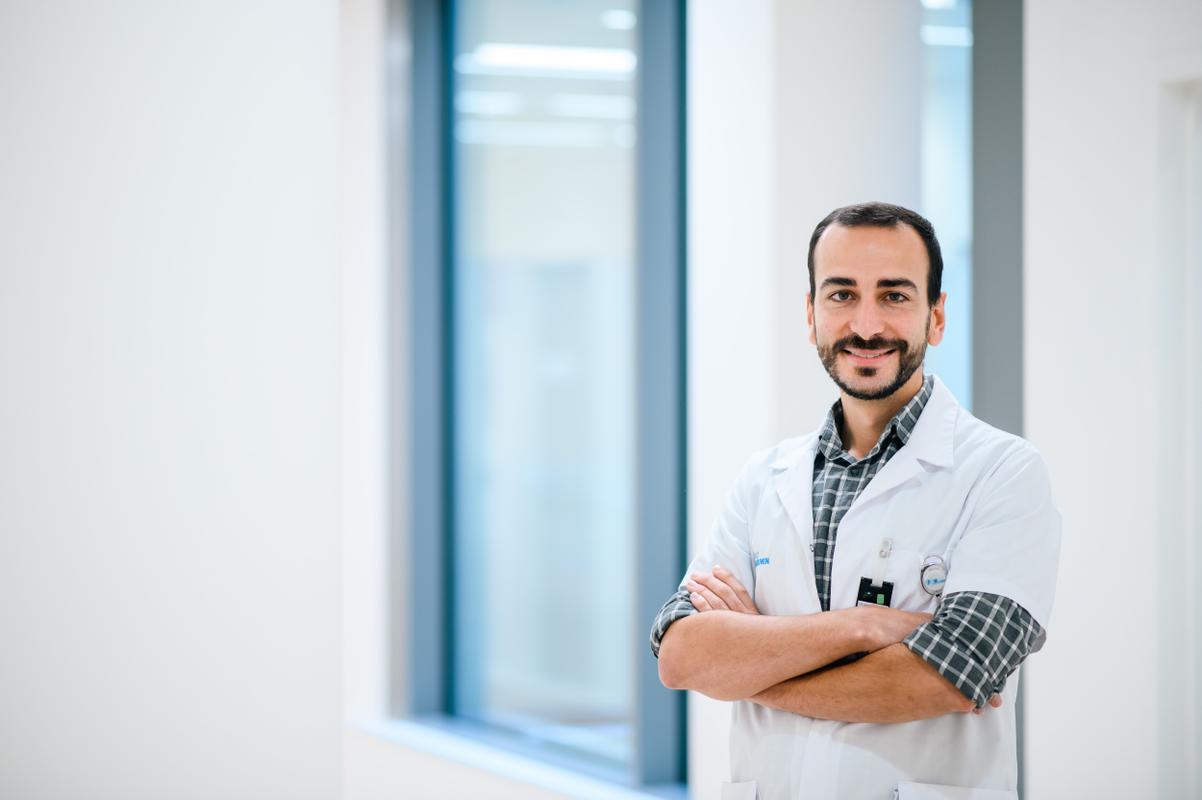A valuable connection with each patient
"My work in PARTICLE is very varied. I spend part of the day on consultations with patients. On the one hand, I welcome new patients and explain what proton therapy treatment entails; on the other hand, I see patients who are receiving their treatment to answer any questions and review their symptoms."
Our role is to inform patients and guide them the best we can during their treatment. Thus, every patient comes for weekly consultations.
These meetings with patients happen at a difficult time in their lives. The radiotherapist-oncologist is therefore an important point of contact for questions or doubts. "For example, patients may be very worried or have certain ideas about proton therapy beforehand. Our role is to inform and support them as much as possible during their treatment. This is why every patient has weekly consultations. I appreciate the frequent contact, because it allows you to build a special relationship with each patient."
Extraordinary multidisciplinarity
When not busy with patients, dr. Di Perri spends his time on the technical preparation of the treatment for patients who are about to start proton therapy. "During this preparation, we will delineate the area to be treated based on different types of imaging (such as a CT, MIR or PET scan) and determine the orientation of the rays in collaboration with the physics team. This way, we establish the most precise treatment possible."
This technical work is eminently multidisciplinary. "When preparing and carrying out proton therapy treatment, many professionals work together: doctors, but also physicists, dosimetrists, technologists, and nurses. Each plays a specific and crucial role in the proper course of treatment."
I welcome this national collaboration between the various PARTICLE partners, which will make it possible to offer this cutting-edge technology to even more patients in the future.
Not only this part of the job but the entire PARTICLE project is based on collaboration. "PARTICLE is the only proton therapy centre in Belgium and is the result of collaboration between several university hospitals and universities. I welcome this national collaboration, which will make it possible to offer this cutting-edge technology to even more patients in the future."
